The Complete List of UNIX Operating Systems
I love UNIX. If you don’t love UNIX, why are you reading Info Toast? UNIX is fast and secure, and so many different choices are available to you. This is why I have decided to list all UNIX Operating Systems in this article.
This is going to cause me great pain. So many different UNIX Operating Systems are available, but I will write them all down in this list of UNIX-like Operating Systems. I will also include a short description of each OS on the list.

Because there are so many Linux distros, I put those in a separate article: The Complete List of Linux Distros. Linux isn’t technically UNIX; it’s just a clone that mostly mimics the behavior of UNIX, but not exactly. I will not be posting Linux distros here just because the list will be completely endless if we did Linux distros because there is a near-infinite amount since anyone with even mild computer skills can make a distro. Now, onto the list:
UNIX System V variants: The Commercial UNIX Operating Systems
First, we have UNIX System V. UNIX System V is the latest (it’s from 1990-something, so it’s not new at all) official version of UNIX released by AT&T. Most of the newer Commerical UNIX Operating Systems that are not BSD-based are built on top of System V.
A/UX
A/UX is an older UNIX Operating System designed by Apple. Apple wanted to sell computers to the federal government, which would only use POSIX-compliant Operating Systems, and Apple’s Operating System was not POSIX-compliant (at the time). This caused them to create a UNIX Operating System that could also run applications for Mac OS (pre-OSX).
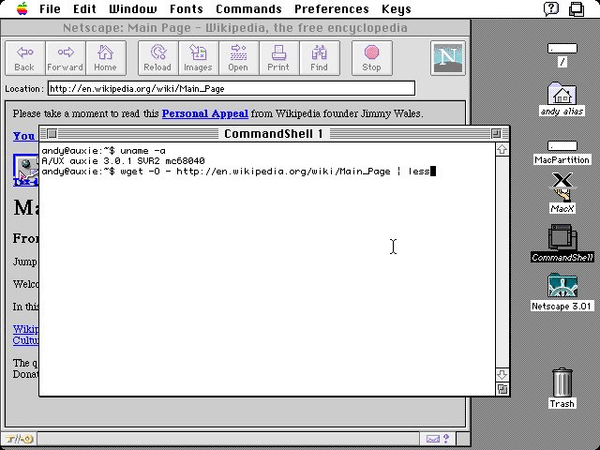
IBM AIX
AIX stands for Advanced Interactive eXecutive. It is IBM’s proprietary version of UNIX. It is still being updated to this day and is available on various architectures, though not x86.
Solaris
Solaris is an Operating System originally developed by Sun Microsystems. Though it is still receiving security updates and bug fixes today, it is no longer getting any new features. Oracle plans to discontinue Solaris security updates in 2031, though there will be extended support until 2034 (that’s way longer than pretty much any other company would do). Back in the day, Solaris was widely known for innovations such as Spaces and ZFS. There are open-source implementations of many Solaris innovations available today in FreeBSD. This is one of the more notable Operating Systems on this list.

Illumos
For a brief period of time, before Oracle acquired Sun, Solaris was, in fact, Open Source. This gave rise to Illumos. Illumos is somewhat like the Linux kernel in that it is not a holistic Operating System. There are several distributions of Illumos, such as OpenIndiana, but we’re not going to talk about those. If you want to read more about this, I encourage you to go to the Illumos website: https://www.illumos.org.
HP-UX
HP-UX is a proprietary UNIX implementation designed by HP. It is still receiving updates today, though there is not much that separates it from other UNIX derivatives like IBM AIX.
IRIX
IRIX is a graphical Operating System developed by Silicon Graphics. It was designed to run on workstations and servers and receive updates until 2013 when it was discontinued.
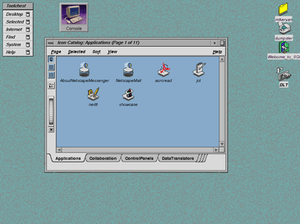
SCO OpenServer (older versions)
SCO OpenServer was a UNIX derivative designed by the Santa Cruz Operation. It is a proprietary Operating System, like most other System V derivatives. SCO was bought by Microsoft and used as a pawn in the Haloween Documents to attempt to destroy Linux. SCO OpenServer was put in the hands of a company called Xinuos, that continues to provide updates today.

Tru64 UNIX
Tru64 UNIX was a proprietary UNIX derivative designed to run on 64-bit instruction sets, back when 64-bit was only seen in research laboratories and large-scale servers. Development started in 1992, and security updates ended in 2012.
UnixWare
UnixWare was a joint operation between AT&T and Novell. SCO took it over and finally was put in the hands of Xinuos. Xinuos continues to update it today.
Older UNIX Operating System Variants
The Operating Systems listed here are based on older UNIX variants, such as System III or Research UNIX.
Xenix
Xenix is a proprietary UNIX Operating Systems developed by Microsoft. This was, in fact, Microsoft’s first product. It is based on Version 7 UNIX. (Much older than System V, the naming is weird.) Microsoft didn’t sell Xenix to end-users but instead licensed it to manufacturers such as IBM, Intel, and SCO. Xenix was, at the time, the largest UNIX Operating System on the market.
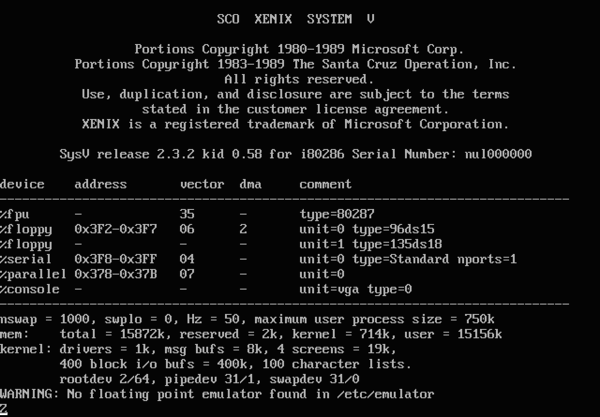
QNX
QNX was a version of UNIX designed for embedded systems. Blackberry used QNX for their smartphones. Companies use QNX today in cars and other embedded systems.
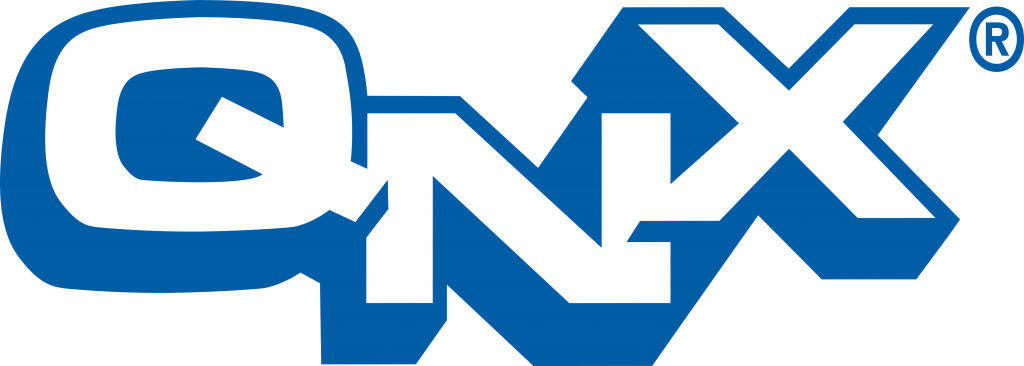
MINIX
MINIX is a smaller version of UNIX designed for Microcomputers rather than the big servers that UNIX was typically run on during its time. Believe it or not, Linus Torvalds didn’t actually design Linux to run like normal UNIX such as BSD or System V; he actually designed the Linux kernel as a MINIX alternative.
LynxOS
LynxOS is a UNIX Operating System designed for Linux compatibility. Organizations use LynxOS for various embedded systems. LynxOS is compatible with Linux.
NeXTSTEP
Steve Jobs created NeXT when he was fired from Apple. They marketed computers for education. NeXTSTEP was the Operating System that shipped on NeXT computers.
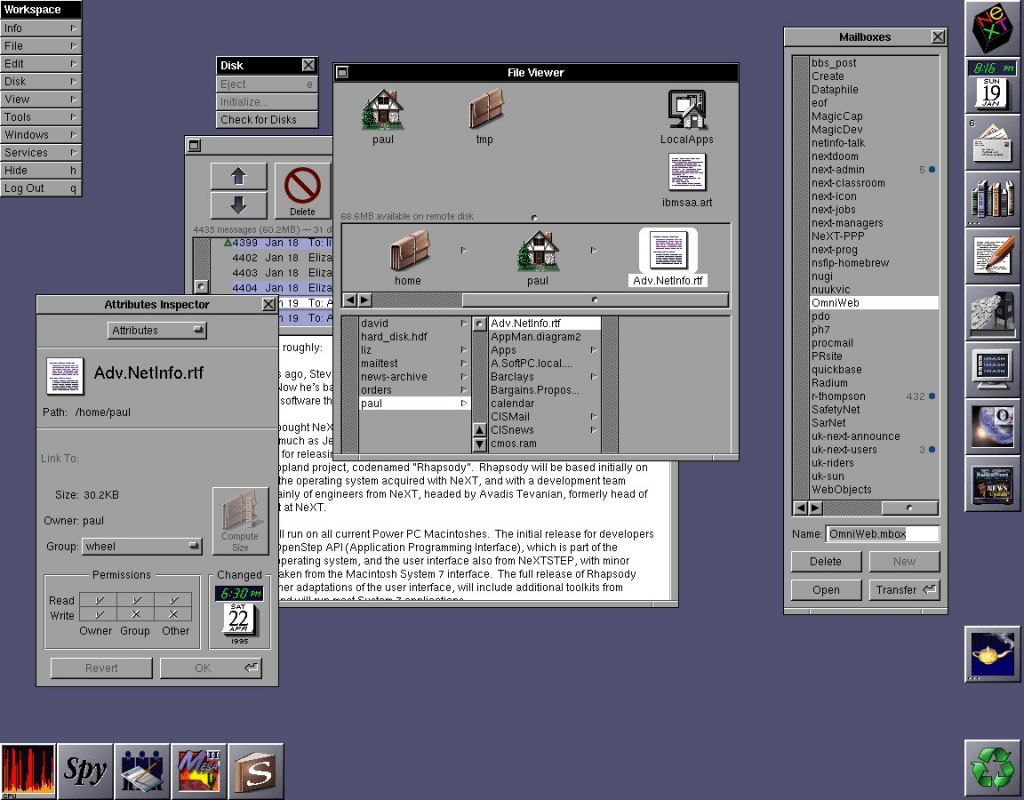
BSD: The Open (Mostly) UNIX Operating Systems
BSD was a free but not Open Source Operating System created by UC Berkley. The reason it was not Open Source was that the license given by AT&T did not allow them to release actual UNIX code to the public. However, in BSD’s later days, they edited every code file just slightly not to have copyright issues and then released it and made it Open Source. AT&T discovered that they missed a file and sued UC Berkley. Berkley won, but by then, the damage was done. Many users switched to Linux, which had its initial release a short time prior. The University of California Regents shut down the project as they didn’t want to have further legal disputes.
386BSD
After the fall of BSD, UC Berkley licensed the code to 386BSD, a for-profit company. However, there was little demand, and they eventually shut down and licensed their code to the FreeBSD Foundation and NetBSD.
FreeBSD
FreeBSD is widely known as the general-purpose, open-source BSD OS. Besides having excellent compatibility, security, and performance, FreeBSD also has many features like ZFS and Jails. It is the Operating System that runs Info Toast’s servers and Netflix and many other companies that need high scalability and features.
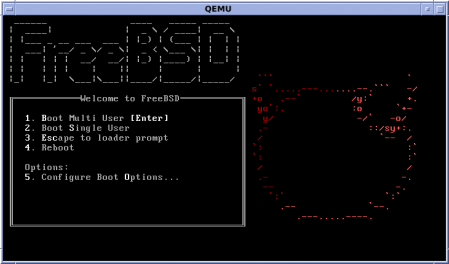
DragonFlyBSD
DragonFlyBSD is the newest of the widely-used Open-Source BSD Operating Systems and is designed for speed and performance. It is based on FreeBSD.
Xinuos OpenServer 10
OpenServer 10 is the latest continuation of SCO OpenServer offered by Xinuos. It includes many of the FreeBSD features but with a web dashboard proprietary backing. It also includes compatibility with legacy SCO applications. This doesn’t necessarily mean it’s better than FreeBSD. It is mainly a frontend to FreeBSD’s already included features.
Darwin
Darwin is the FreeBSD-based Operating System at the core of Apple’s devices. It is, in fact, Open Source, but you will need the proprietary stuff that Apple includes to have a fully working Operating System.
macOS/Mac OS X
It’s Mac. I don’t think I need to explain this one any more.
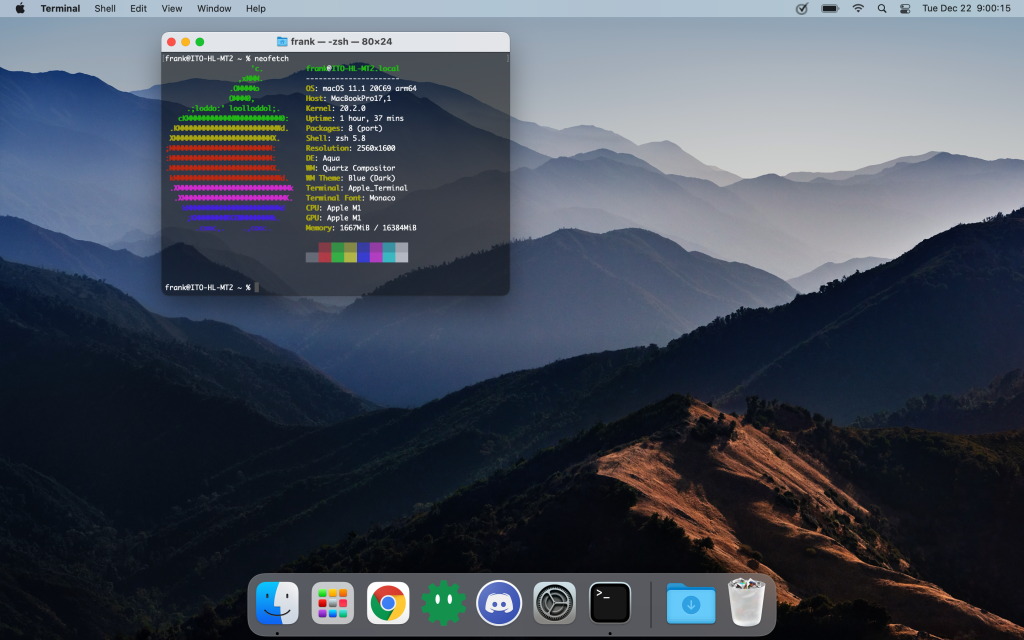
iOS
The Operating System that powers the iPhone.
watchOS
The Operating System that powers the Apple Watch.
tvOS
The Operating System that powers the Apple TV.
audioOS
The Operating System that runs the Apple HomePod.
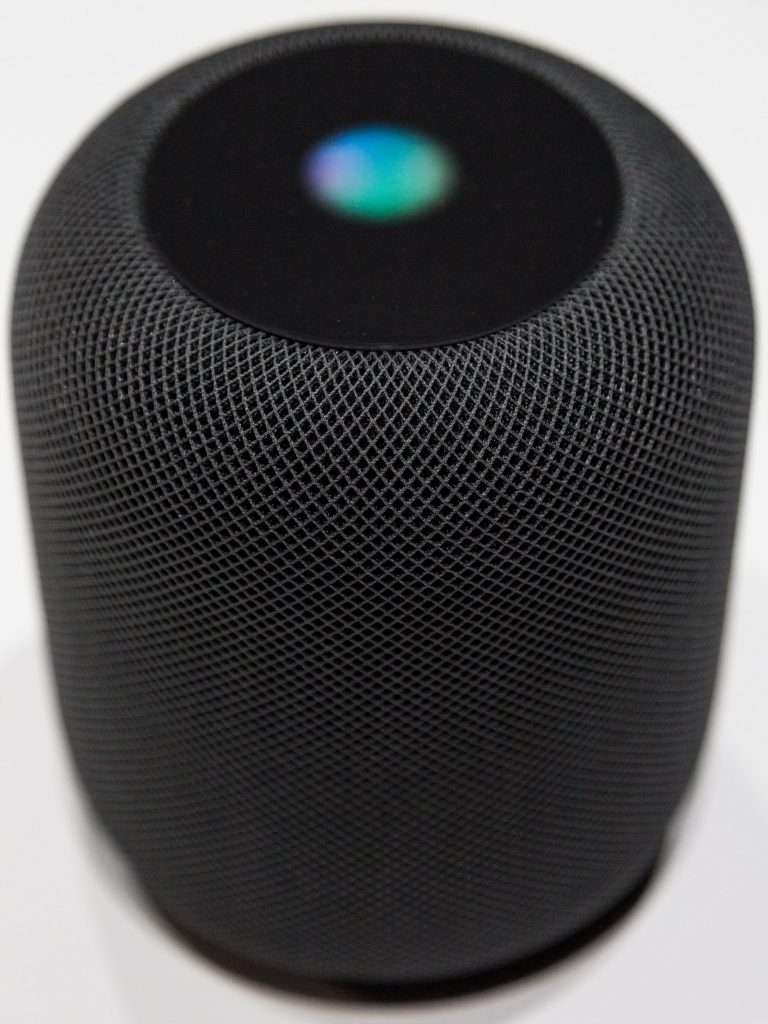
iPadOS
I think you can guess where this is going.
NetBSD
NetBSD is an open-source version of BSD based on 386BSD, which is designed for compatibility. It is extremely lightweight and runs on just about everything. They have even managed to put NetBSD on a toaster.
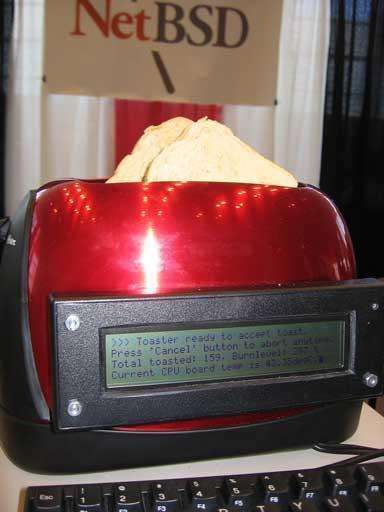
OpenBSD
OpenBSD is a security-focused open-source Operating System derived from NetBSD. Experts regard it as the most secure Operating System in modern times.
SunOS
SunOS is the predecessor to Solaris. It is based on the Berkley UNIX.
Ultrix
Ultrix is the Digital Equipment Corporation’s discontinued Operating System for some of their devices.
I may have left some UNIX variants out. If I forget any, let me know in the comments. Besides that, have fun trying to virtualize all of these.

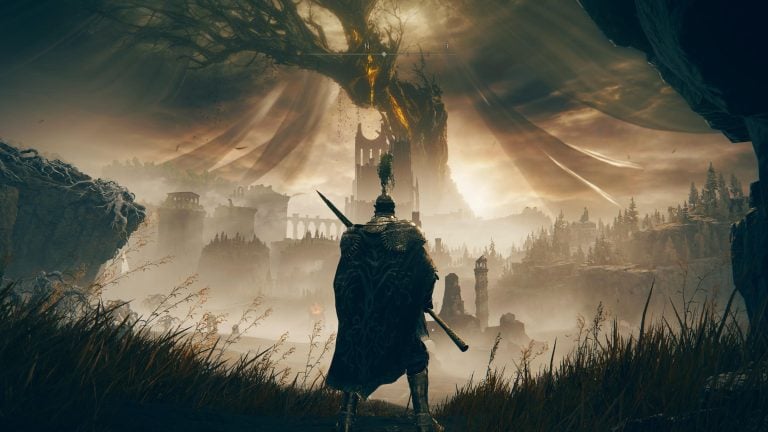
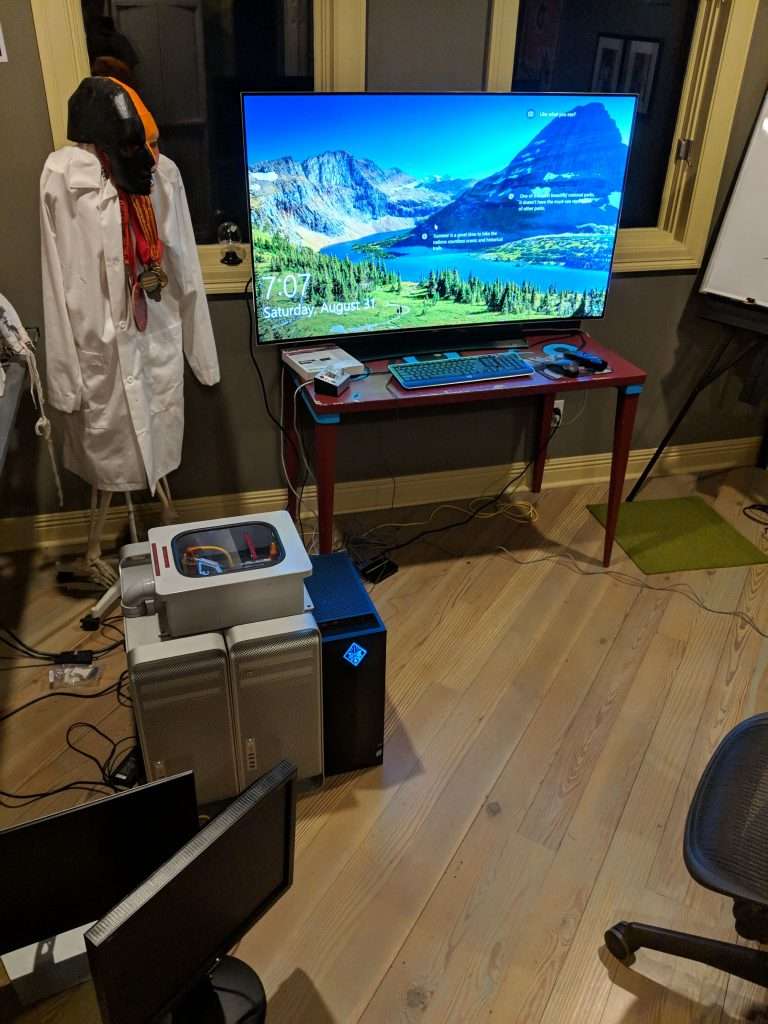

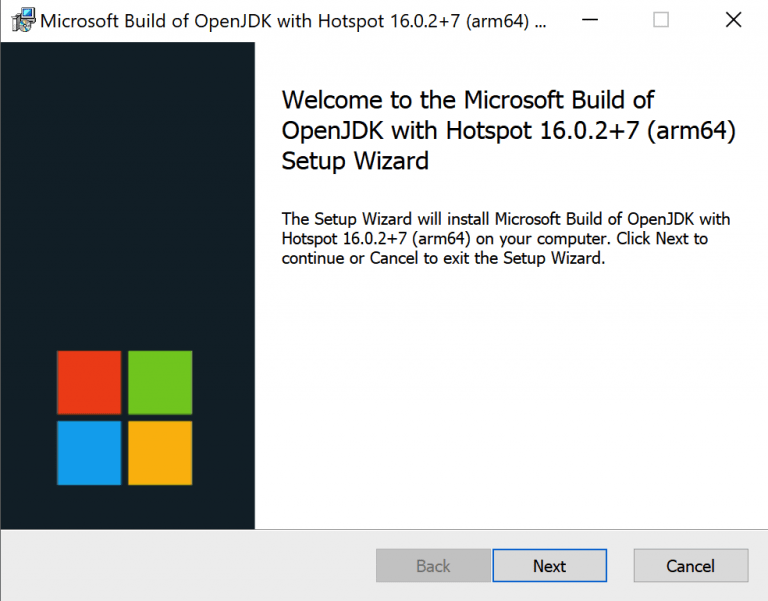

novell netware, before your time. even before tcp/ip in a way. It was going to eat bill gate’s lunch. Netware ran on the motorola 68000. They had a unix license which ended in a dominating database company which was on the way to bankrupcy. They sued everybody with the claim that they owned unix and everyone owed them money. So this threatened the BSD folks, except IBM was being sued too. So you knew who was going to win.
This is an enjoyable article. I found it while trying to discover any other commercial UNIX systems in addition to Solaris and AIX. Hearing that Netflix runs FreeBSD makes me wish i would’ve stuck with using FreeBSD years ago. Such an interesting nugget of info. So, too, was the BSD-AT&T thing, and how Linux slipped in there.
You forgot to include the entirety of https://wiki.osdev.org/
This was a gruesome article to write Aaron. I don’t even want to try.
WEL LEAN WELL